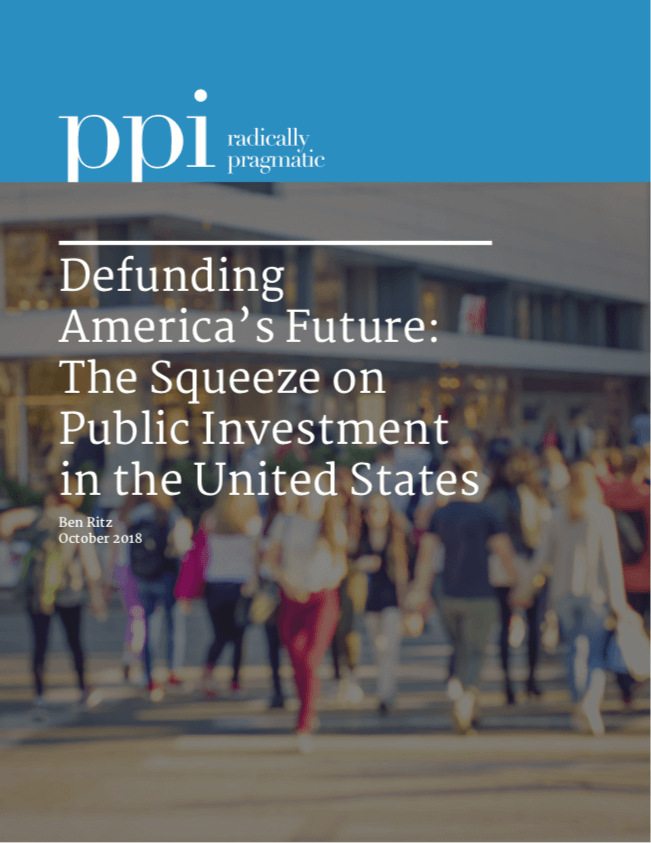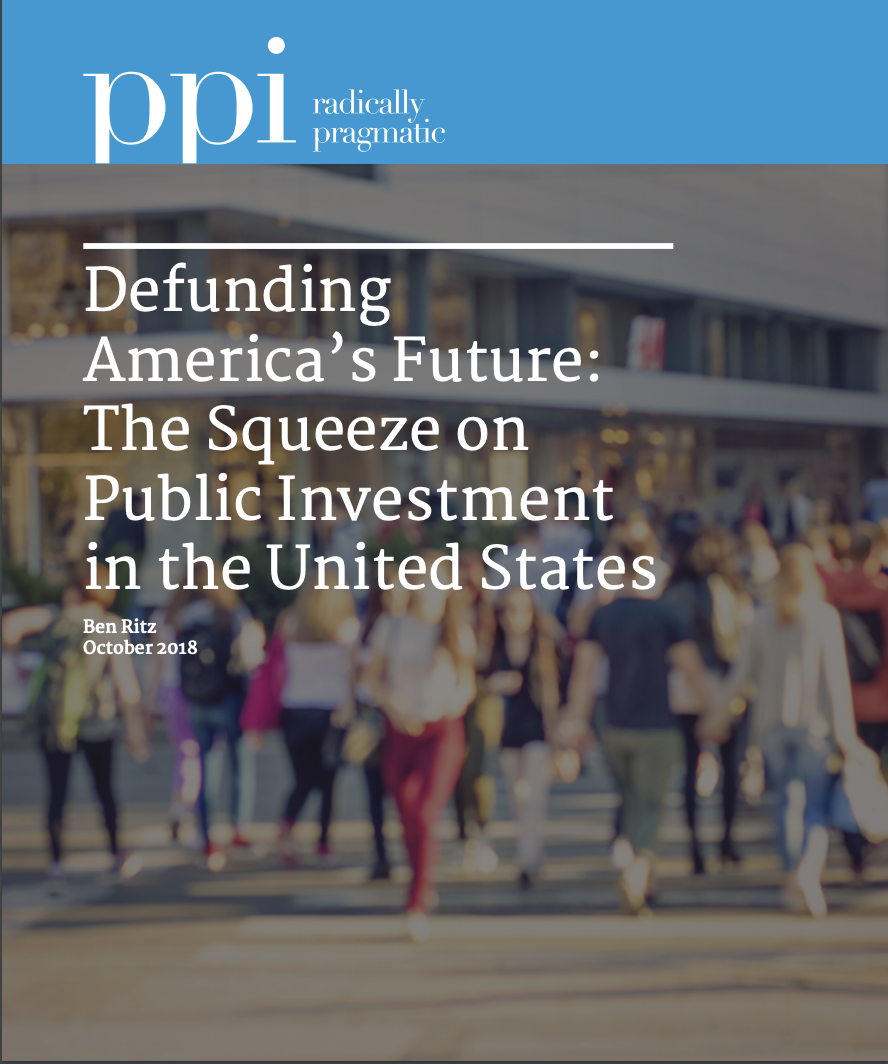By former United States Senator Bob Kerrey.
In the movie series “Nightmare on Elm Street” the words “He’s back” indicated that the antagonist – Freddy Krueger – was not dead after all. The tax reform equivalent to Freddy Krueger is the so-called “return-free tax system” that would make the IRS the nation’s tax preparer. As Tax Day came around, Freddy’s ‘Return-Free’ slashed its way back onto the airwaves once again.
When this proposal is described by academics and political figures, it all sounds too good to be true – and it is. Supporters point to examples in California and Great Britain as successful, and yet the truth is quite different.
In California, where millions of taxpayers were sent pre-populated government returns each year, an average of little better than 2-3% of the state’s taxpayers ever accepted it. Eventually, the experiment fell of its own weight and California quietly abandoned it.
Some proponents have also claimed the idea originated with the 1998 IRS Restructuring and Reform Commission, which I co-chaired, and to the subsequent statute enacted that year that implemented the commission reforms. This is simply not true. The 1998 act did instruct the Treasury Department to study the proposal. Their conclusion was that Congress would have to enact radical changes in our tax laws before it could conceivably be feasible. Question asked and answered.
The much-praised “simpler’ system in Great Britain was examined in a recent study by the British Parliament which reports that the efforts by government to implement an EITC-type tax credit in their return-free tax system were initially a disaster. The reason was because the blue collar taxpayer in the UK is not involved in determining their own taxation, and government did not have the information needed to accurately qualify taxpayer eligibility for the credit. After the initial failed effort at an EITC-like welfare-to-work credit, the British no-return tax system moved to Plan B.
Now British workers are required to prepare a pre-return tax submission, reporting extensive personal and family information to the government, in order to claim tax credit eligibility. This lengthy pre-return filing – which looks like an American 1040 tax return – then enables the government to determine the citizen’s tax liability, so the taxpayer doesn’t have to prepare and file a tax return. This circular logic, and layered complexity, is what passes for a “return-free” tax system in practice in the real world.
The UK Parliament’s post-mortem analysis summed up the true myth-buster reality:
“The Right Honourable Alan Milburn, a former Labour Chief Secretary to the Treasury during Prime Minister Blair’s Premiership, described the reason for the inaccurate and significant overpayments as a result of the state not having enough information about people’s lives to accurately determine tax credit eligibility….”
This is the return-free tax system that is most frequently held up as the one we should adopt to replace American voluntary compliance. And yet the conclusion of the UK study states the obvious:
“The only party that has all the relevant information about an individual’s economic and family circumstances pertinent to his taxation is the individual himself, not the government and not the individual’s employer….”
The alternative to taxpayers preparing and filing pre-returns would of course be for the IRS to just independently collect extensive additional personal information about the private, personal lives of our taxpayers and their families, in order to make the false assertion true that the Government has all the information it needs to prepare people’s tax returns for them. However, in American culture, such an expansion of the role of government in our society would trigger a host of civil liberty and individual privacy questions. Some might describe this as a chilling prospect.
The fact is the American system of income taxation has become, over many decades, a central instrument of national economic policy. A significant proportion of the complexity we all rail about in our income tax system emanates from the public policy objectives we have asked the tax system to carry, from Welfare-to-Work (EITC) to Retirement (IRA’s) to Energy Conservation to Education. The implementing regulations alone have added enormous complexity, and require voluminous information.
One more problem with Freddy Krueger’s return-free system: the implications for national security. I have not heard a single expert in cyber security say that we should not worry about the risk of replacing a highly decentralized, diversified tax system with one characterized instead by over-concentration and centralization of systems and data, and the associated risks of attack by cyber criminals and determined nation-state adversaries. We should shiver when Freddy tells us there’s nothing to worry about.
Another basic question would seem a rather straightforward one: What do the people want? The suggestion that the American public is clamoring for Congress to enlarge the role the tax collector plays in their personal lives is nonsensical. And that simple truth has been consistently and overwhelmingly demonstrated in national polling over many years. The idea that the American public would welcome the tax collector as their new best friend is seriously disconnected from reality. And that is compounded by another reality — that the IRS is already understaffed, technologically struggling, and under-funded for its core mission.
It is time for a reality check. True tax reform and simplification is very much needed, and it will be hard work. But it does not begin with getting the taxpayer out of the room where their tax liability is being determined. In fact, the direct involvement of our citizens in their own tax system is much too valuable to lose. Rather than curtailing the role of the taxpayer, we should leverage the annual engagement of our people by helping them develop basic financial literacy, including learning how to save, and the importance of doing so, for their own financial well-being.
The tax refund, for many families, is the largest paycheck they see all year. The reality is that the “tax time moment”, as many economists call it, is an invaluable national economic policy asset, far too valuable to kick to the curb, regardless of whether the theoretical objective is tax administration expediency, or a strategy to increase revenue collections to pay for public spending.
And so, my sincere advice for what to do as the Freddy Krueger return-free advocates try to slash their way back into our lives this Spring like clockwork: Just wake yourself up, look outside
at the real world, and apply common sense. There is no good reason for this nightmare to ever become a reality.
(To read the full text of Senator Kerrey’s tax policy analysis, click here.)





 It would be one thing if this budget deal merely repealed the sequester, which was never meant to take effect and has hamstrung important investments in both defense and domestic initiatives. The Senate budget deal, however, would raise spending above the original levels agreed to by both parties in the Budget Control Act of 2011. It would also cut taxes for corporations by an additional $17 billion and repeal important cost-control measures imposed by the Affordable Care Act – all without paying for them.
It would be one thing if this budget deal merely repealed the sequester, which was never meant to take effect and has hamstrung important investments in both defense and domestic initiatives. The Senate budget deal, however, would raise spending above the original levels agreed to by both parties in the Budget Control Act of 2011. It would also cut taxes for corporations by an additional $17 billion and repeal important cost-control measures imposed by the Affordable Care Act – all without paying for them.